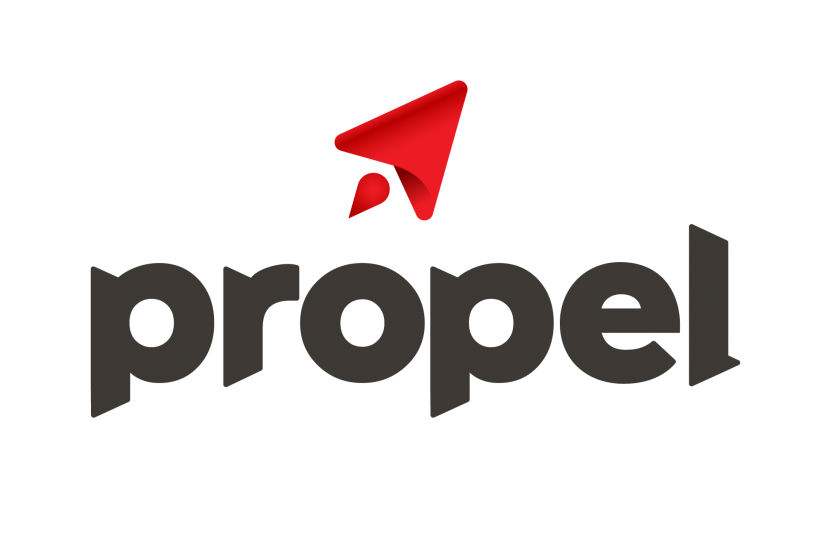Dartmouth-based Global Spatial Technology Systems, which is developing cloud software for analyzing and predicting the movements of ships, has added three new members to its OCIANA Port Optimization Consortium -- a group of ports and marine industry organizations testing GSTS’s software.
The new participants are the Port of Halifax, the Port of New York and New Jersey, and the Laurentian Pilotage Authority, which is a Crown corporation that helps ships navigate the St. Lawrence Seaway.
The now eight-member consortium receives free access to GSTS's OCIANA artificial intelligence system in exchange for their product feedback, with the costs being paid partly by Sustainable Development Technology Canada and partly by GSTS itself. The program is slated to end around September of 2022, after which GSTS will focus on its commercialization efforts.
“The information that we're getting is very valuable because it's like building the house with the homeowner telling you what they would like to see,” said GSTS CEO Richard Kolacz in an interview. “By the end of [the consortium], we'll have capabilities that directly align with the needs of ports anywhere in the world.”
The OCIANA software aggregates satellite data, weather data, port data and other sources of tracking information and uses it to make predictions about the movements and behaviour of ocean-going vessels.
GSTS benefits from the consortium because members give feedback about how well the software performs under real-world conditions and suggest new features that would increase its usefulness.
For example, Kolacz said, the Port of Montreal asked for a feature that would allow it to track the position of ice flows in the Saint Lawrence Seaway and identify when tug boats or pilot boats are likely to be necessary for ships navigating the channel.
The consortium also helps GSTS demonstrate the real-world benefits of its technology to help sell it to future buyers. Kolacz said the software is highly configurable and can be modified to suit the needs of specific clients, and requests like the ice flow tracking will help show its flexibility.
“The importance for us is, we now will have a number of different ports, we have shipping lines involved,” said Kolacz. “So we'll be able to demonstrate and validate all of the features that we are establishing with OCIANA. And within 12 months' time, we'll be aggressively pursuing our global commercial rollout. We are engaging with customers already.”










